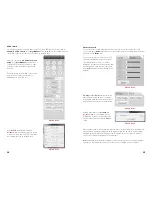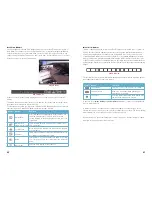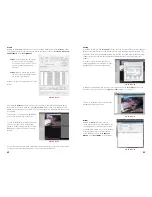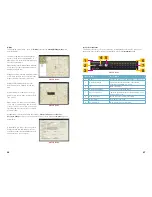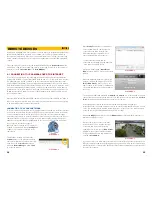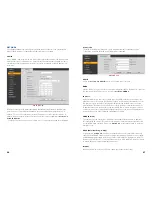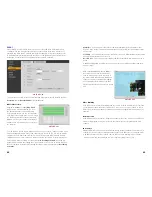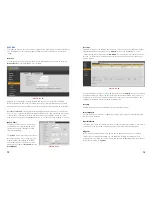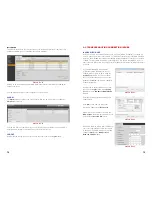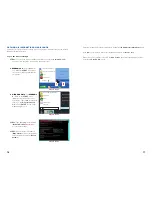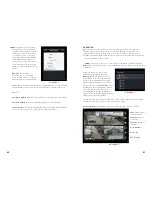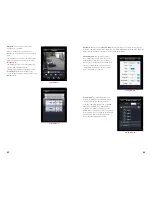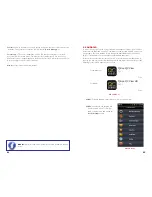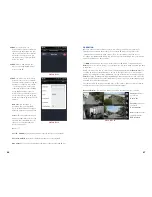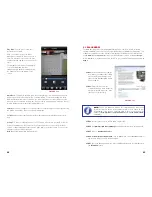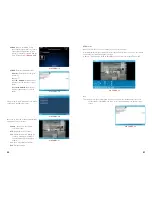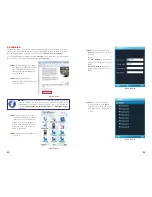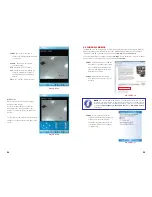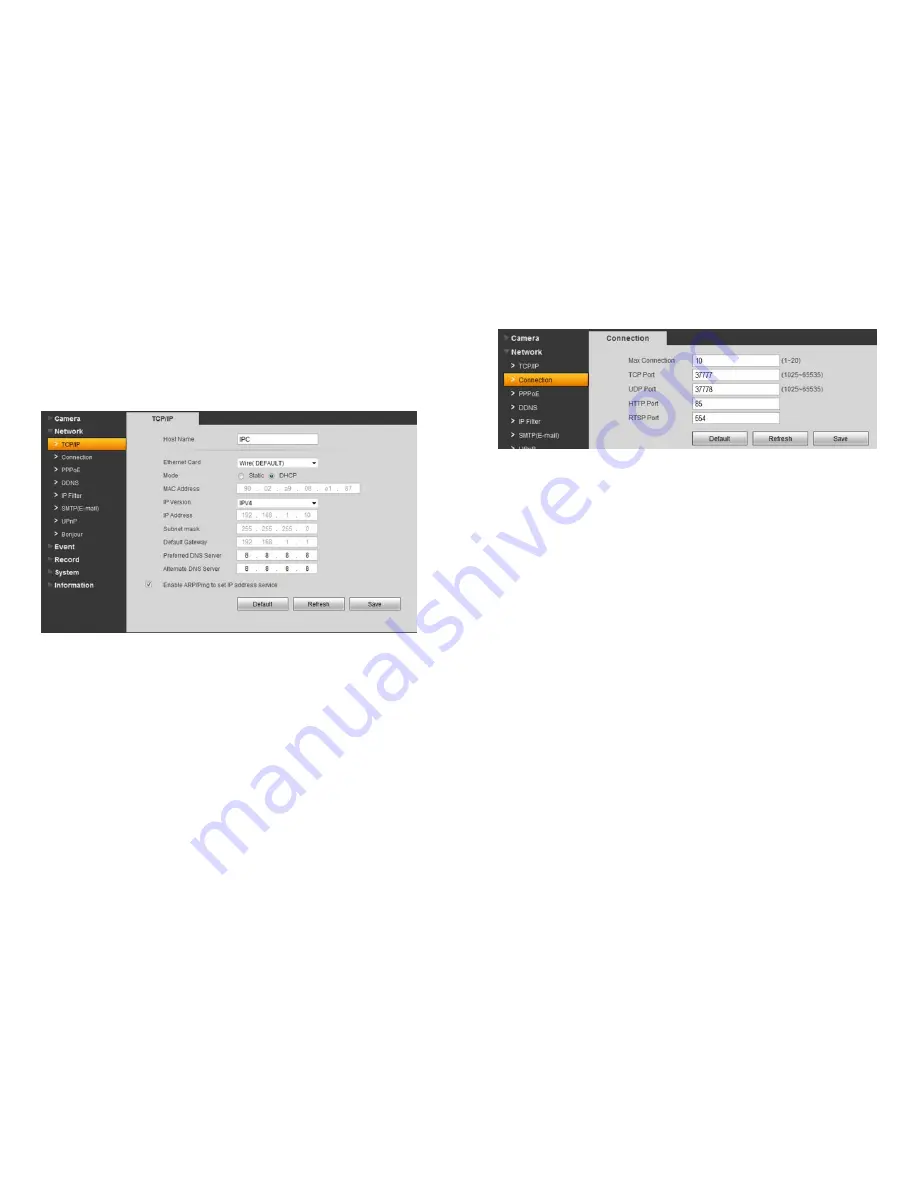
66
67
NETWORK
The settings available in this menu govern how the camera connects to the outside world.
Many of these features are exactly like the same functions on the NVR.
TCP/IP
Like your NVR - and every other divice connected to your network router - the IP camera has
an Internet Protocol, or IP address. As a general rule, this should not be changed in order to
avoid future connection problems. However, if you wish to establish a static IP address, it is
done here.
All routers currently on the market have DHCP functionality. If this feature is enabled in the
router as well as selected within this window, the camera will automatically receive an IP
address. The reason for converting to a static IP address is to ensure that the camera’s IP
address stays unchanged in case of a power loss by the router as explained in
Section 1.3
Static IP Address
.
To convert to a Static IP address, all you need to do is check that option and then click
Save
.
PICTURE 4-18
PICTURE 4-19
Connection
The fields in this window allow you to set the maximum number of simultaneous user
connections, as well as showing which TCP port was forwarded.
PPPoE
Please see
Section 1.4 PPPoE
on how to set up this type of account.
DDNS
Like the NVR, you can use an easy-to-remember URL rather than an IP address to connect to
this camera remotely. This process is covered in
Section 1.6 DDNS
.
IP Filter
Using this window, you can create a “white list” of trusted IP addresses for users who are
allowed access to this camera. Any IP address that is not listed will not be allowed to access
this camera. If you will only be accessing this camera through the NVR, then you should
enter the NVR’s IP address as an extra layer of security. However, it is important to add the
IP address that you are currently accessing the camera from to ensure that you are able to
continue to make your settings without getting “locked out” of the camera. This address can
be removed once you have completed configuring the camera.
SMTP (E-mail)
The camera can send out its own e-mail alerts - with snapshot attachments - in addition to
those that the NVR creates. The camera’s e-mail address should be different than that used
for the NVR to avoid confusion. Please see
Section 2.1
for the steps needed to create an
E-mail account.
UPnP (Universal Plug ‘n’ Play)
As described in
Section 1.2
, UPnP allows networked devices to communicate with each
other. UPnP, like DHCP, allows the router to assign the camera an IP address on its network.
and will automatically forward the ports for outside communication. In addition to the HTTP
(port 85) and TCP (port 37777) communications protocols, UDP and RTSP allow the camera
to stream data and communicate with other devices.
Bonjour
Bonjour is Apple Inc.’s version of UPnP to enable easy network connectivity.

